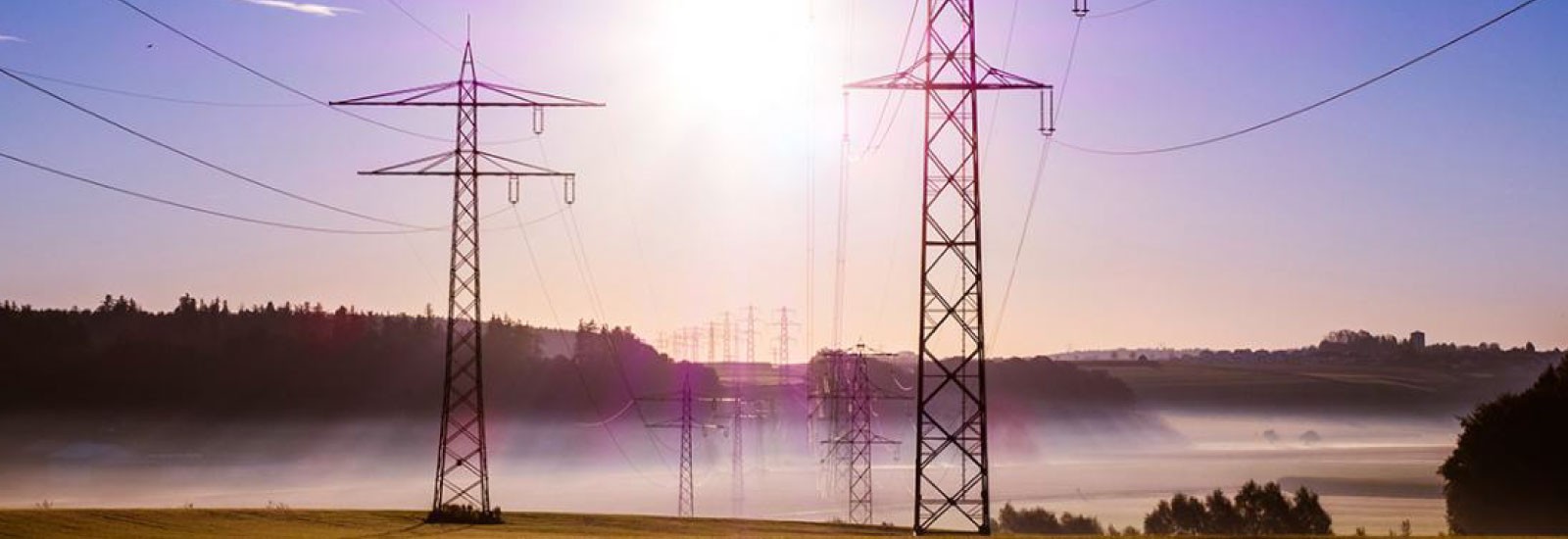As millions of Americans find themselves out of work due to the COVID-19 pandemic, policy makers seek solutions that aid in the nation's economic recovery. During the Great Depression and, more recently, the Great Recession, the federal government looked to infrastructure projects as a vehicle to create jobs and stimulate the econonomy. Large-scale, public works projects such as dams and bridges were a critical element of President Franklin D. Roosevelt's New Deal and infrastructure projects could very well be an essential element of future recovery efforts in the U.S.
To aid government and other officials in making sound decisions regarding such projects Daniel Gingerich, civil, environmental and geodetic engineering (CEGE) and core faculty member at the Sustainability Institute, along with colleagues Jeffrey Bielicki, CEGE and member of the Sustainability Institute’s faculty advisory board and research co-lead for its sustainable energy program area, and Yue Qin, Geography and core faculty member at the Sustainability Institute, created an online tool to help guide stakeholders' investment in infrastructure projects while examining the social benefits of these expenditures.
In April of 2020, The Ohio State University initiated a program to fund campus research projects that directly addressed health and social conditions related to the COVID-19 pandemic. The Gingerich team received one of 24 grants seeds awarded and administered by Ohio State's Office of Research.
The group's objective was to design the Infrastructure System Investment Climate, Labor, and Environmental Synergies (ISICLES) Tool. The ISICLES Tool is a social and environmental life-cycle assessment (LCA) model to quantify employment effects such as job creation and environmental factors such as carbon dioxide emissions resulting from investments in infrastructure projects. "The tool will be open-source and designed for rapid assessment of the social benefits of infrastructure expenditures for energy and water systems," stated Gingerich.
He noted that few, if any tools, currently exist that simultaneously predict the job creation benefits and potential environmental impact of a particular infrastructure project. "We intend to translate the data into actionable information for policymakers," he added. "Choices made in the coming months around what we, as a society, invest in, have important consequences for the 40 million Americans who have found themselves out of work since March."
The group created the initial iteration of ISICLES tool in Excel, with the web application to follow shortly thereafter. Version one specifically addressed electricity systems but Gingerich foresees future models for water, road and bridge infrastructure projects. When utilizing ISICLES, users provide information such as the dollar amount of an investment, the type of electricity system implemented, as well as its location. The model then calculates the resulting construction, operation & maintenance (O&M), supply chain, local revenue, and induced full-time equivalent (FTEs) and short- and long-term jobs created and resulting CO2 emissions.
Gingerich emphasized the importance of decision-makers having this data, in hand, as they seek to create future energy sources that are more sustainable. "These choices can make a critical difference in creating an electricity grid that is low carbon and resilient in the face of increasing water stress," he said.
The team will release a web-based tool for the electricity sector in the fall, expanding its environmental modeling to include water use and the emissions of other air pollutants. Beyond that, the group hoped to use the model for more detailed analysis of what job creation could look like in Ohio and to study investment in the water sector. "Tools like ISICLES will allow decision makers at all levels of government – and the general public – to understand the future we can create for ourselves after COVID-19," Gingerich said.
- by Kevin Satterfield (satterfield.3@osu.edu), CEGE Communications
